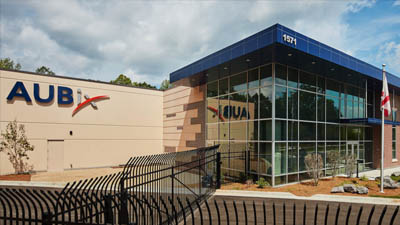
Contrary to popular belief, wired (i.e., balanced copper cabling) and wireless technologies are actually complementary. Wi-Fi technology requires balanced copper cabling to provide remote power using Power-over-Ethernet technology and backhaul data from the switches to the wireless access points. Similarly, digital distributed antenna systems such as ION-E and small cell systems like OneCell, require balanced copper cabling to provide data and remote power from the switches to the remote radio units.
CLICK TO TWEET: Learn why copper is the core to any building’s network.
Every building must meet several basic requirements such as security, public safety, ventilation, lighting, health and comfort. Although wireless technologies have been touted for some building automation systems (BAS), their adoption rate in commercial buildings is still low due to security concerns especially among the building insurers. Hence many of the BAS applications still require balanced copper cabling to provide data --and sometimes remote power-- from the controllers to the field devices such as actuators and fan coil units.
With the growing proliferation of networked sensors and the building Internet of Things (BIoTs) to support existing and newer BAS applications, additional balanced copper cabling will be required to provide data and remote power connectivity to these devices. Many of these devices will be located up in the ceiling space.
To support both wired and wireless technologies, network infrastructure designers must adopt an integrated approach such as the CommScope Universal Connectivity Grid to design, plan and deploy the infrastructure. This approach will provide maximum flexibility and return on investment as well as lower operation costs.
The integration of voice, data, video, wireless and BAS under one uniform network infrastructure is often referred to as the ‘fourth utility’ concept and one golden rule must always be followed for the concept to be successful: the planning and design stage must occur at the very beginning and not as an after-thought. That’s why balanced copper cabling is still core to any commercial building horizontal cabling network.















